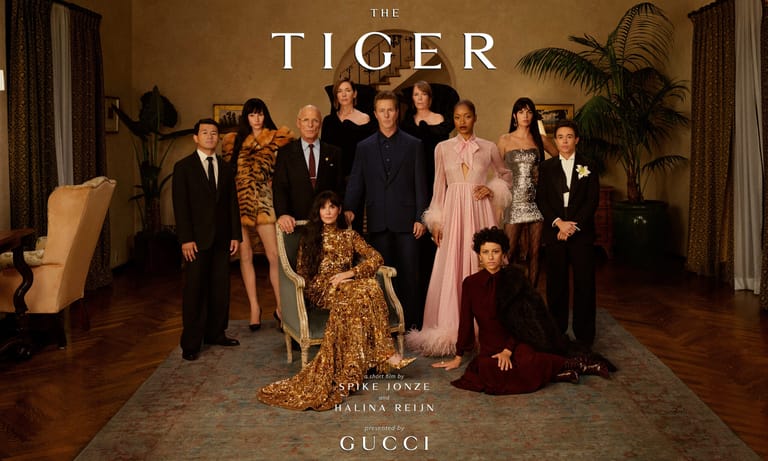Alo Yoga’s Strategic Move into China Amid Growing Market Competition
By
Huiyan Chen

Published on
February 13, 2025

According to exclusive information from GymSquare, North American activewear brand Alo Yoga has appointed Aurora Liu, former Vice President of Marketing at Arc’teryx, as its Head of China Market. This move signals the brand’s formal entry into China, with plans to open its first retail location in 2025. Site selection is already underway, targeting prime shopping districts such as Shanghai’s Henglong Plaza and Jing’an Kerry Centre—the latter home to Lululemon’s largest flagship store in Asia.
Founded in Los Angeles in 2007, Alo Yoga stands apart from competitors like Lululemon by blending fashion-forward elements into its yoga apparel, promoting the “Studio to Street” ethos. The brand has cultivated a strong following among young, style-conscious consumers, frequently spotted on the likes of Taylor Swift, Selena Gomez, and other celebrities. Alo Yoga has also appointed Kendall and Kylie Jenner as brand ambassadors, a move that has significantly amplified its social media presence. In North America, the strategy has paid off. Data from Earnest Analytics shows a notable shift in consumer preference during the 2022-2023 Black Friday season. Alo Yoga’s consumer overlap with Lululemon reached 63 percent, while Lululemon saw a 2 percent decline in comparable sales across the Americas during the same period. Since 2020, Alo Yoga’s revenue has surged from $200 million to $1 billion in 2022, and the brand has expanded rapidly, opening over 50 stores across the U.S. and entering markets in Europe, South America, and Asia.

Despite a lackluster performance in North America, Lululemon’s remarkable growth in China continues, illustrating the growing demand for yoga apparel in the country. For Q3 2024, the brand reported a 39 percent year-on-year increase in net revenue, fueled by new store openings and expansions. With 132 locations across 41 cities, Lululemon is expected to derive 20 percent of its revenue from China by 2026, cementing its position as the third-largest foreign activewear brand in the country, according to Morgan Stanley.
Yoga apparel’s popularity in China has been steadily climbing, driven by the growing desire for a holistic, active lifestyle—an ethos brands like Lululemon have successfully capitalized on. As the market matures, luxury is no longer the sole aspirational status symbol; instead, an active, health-focused lifestyle is increasingly in demand, presenting a significant growth opportunity for lifestyle brands. Lululemon, once viewed as a coveted “middle-class luxury” brand, may see its status diluted as its reach widens, paving the way for Alo Yoga to position itself as the next aspirational brand for China’s emerging middle class. Alo Yoga’s high-fashion image and slightly higher price point than Lululemon make it well-suited to cater to this demographic.
However, Alo Yoga isn’t guaranteed a smooth entry into the Chinese market despite Lululemon’s success. The brand’s emphasis on style over functionality may face resistance as consumer spending slows and the threat of copycat products and counterfeits looms large. Furthermore, yoga apparel—although witnessing blistering growth—is less entrenched in China’s fashion landscape than in North America, where it has become a mainstream symbol of both fitness and fashion. Alo Yoga must carefully navigate these cultural differences and position itself as both a premium product and a fashionable lifestyle choice.

Although Alo Yoga has not officially launched in China, its brand presence is already strong, with nearly 18 million views and 50,000 discussions on RedNote. With the hiring of an ex-Arc’teryx executive, Alo Yoga’s ambitions are clear. However, to transition from a newcomer to a disruptor in China’s high-end yoga apparel market, the brand will need to deeply understand local consumer preferences and adjust its approach to resonate with the unique—and complex—Chinese market.












